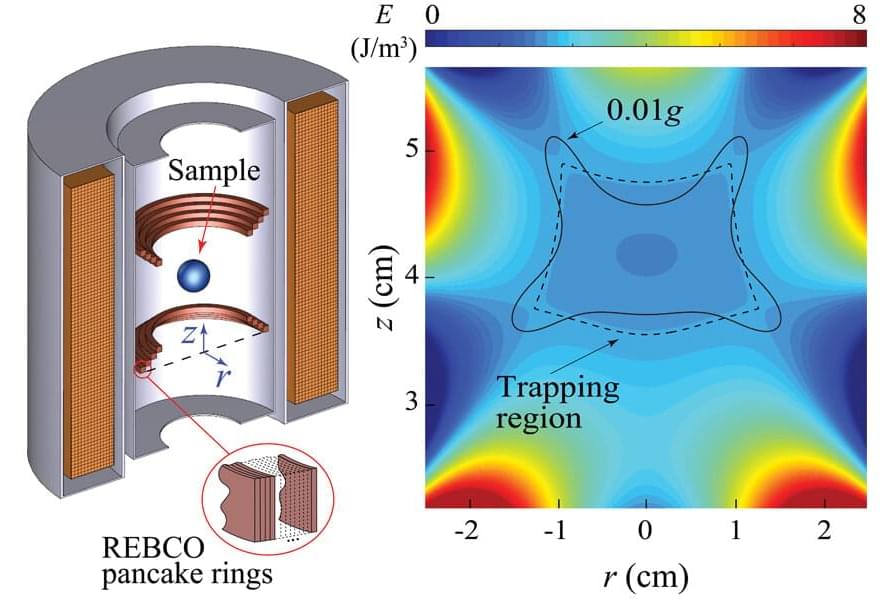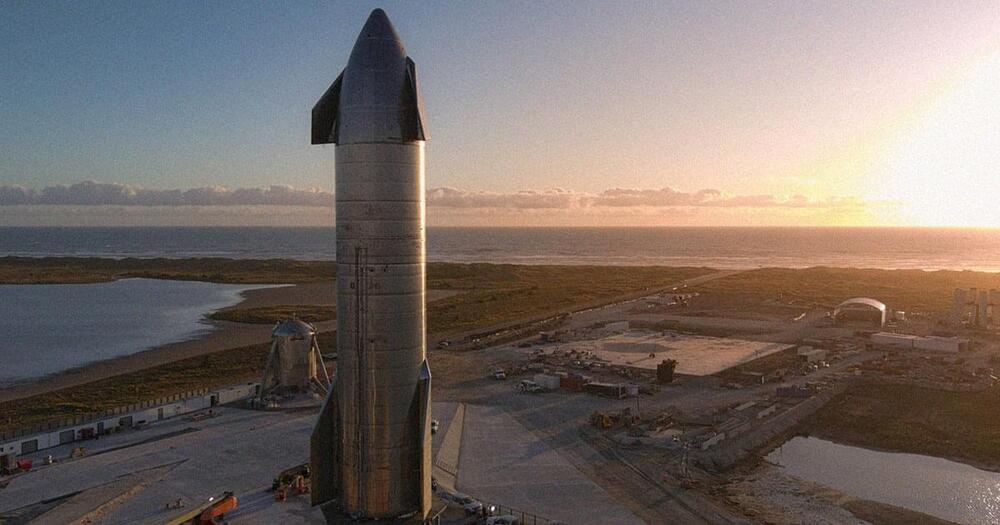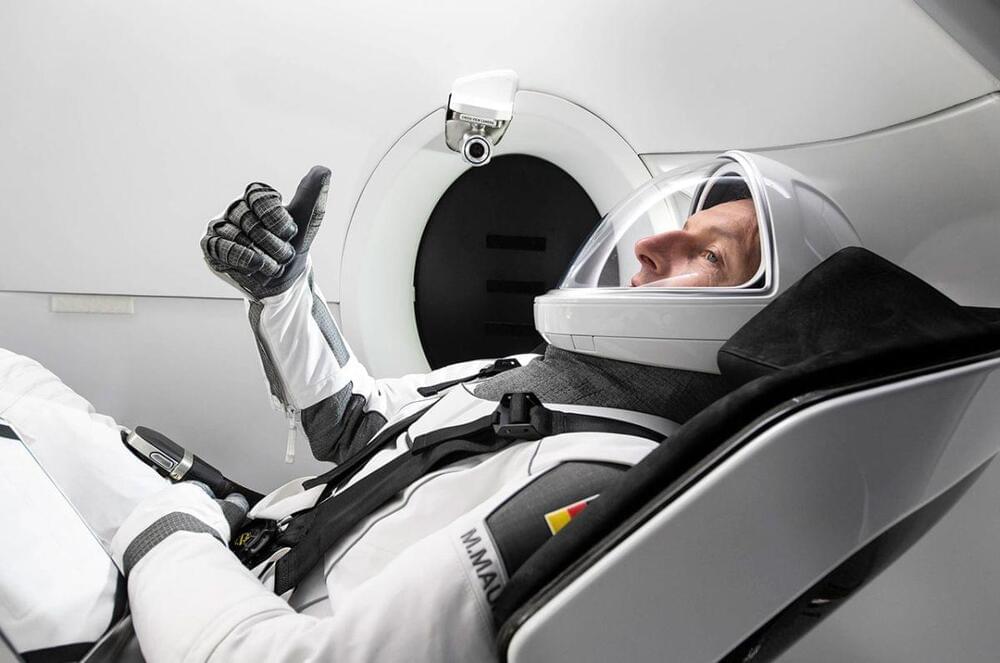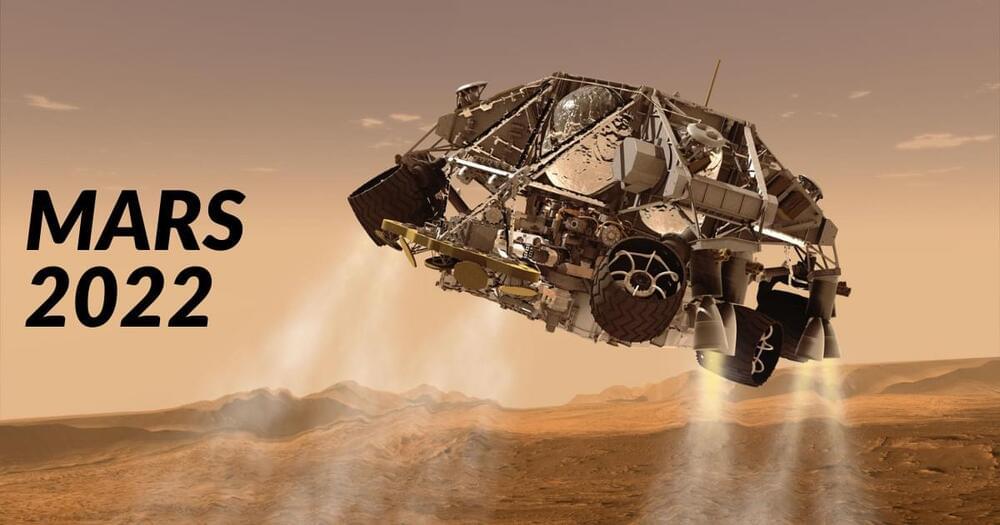As humanity continues its exploration of the universe, the low-gravity environment of space presents unusual challenges for scientists and engineers.
Researchers at the FAMU-FSU College of Engineering and the Florida State University-headquartered National High Magnetic Field Laboratory have developed a new tool to help meet that challenge—a novel design for a low-gravity simulator that promises to break new ground for future space research and habitation.
Their new design for a magnetic levitation-based low-gravity simulator can create an area of low gravity with a volume about 1,000 times larger than existing simulators of the same type. The work was published in the journal npj Microgravity.





